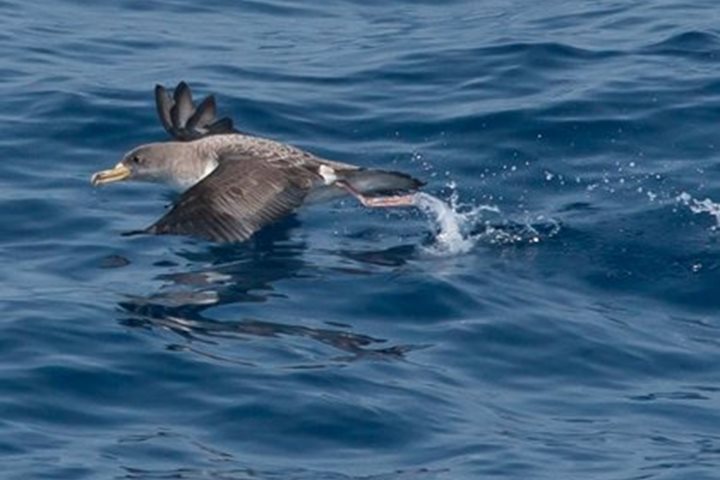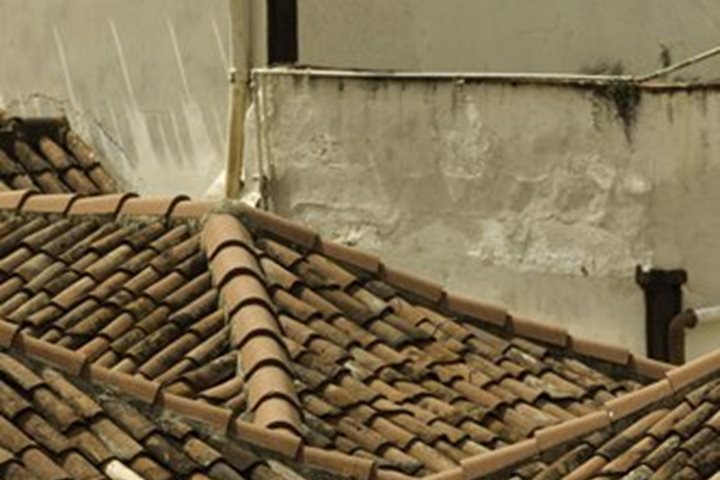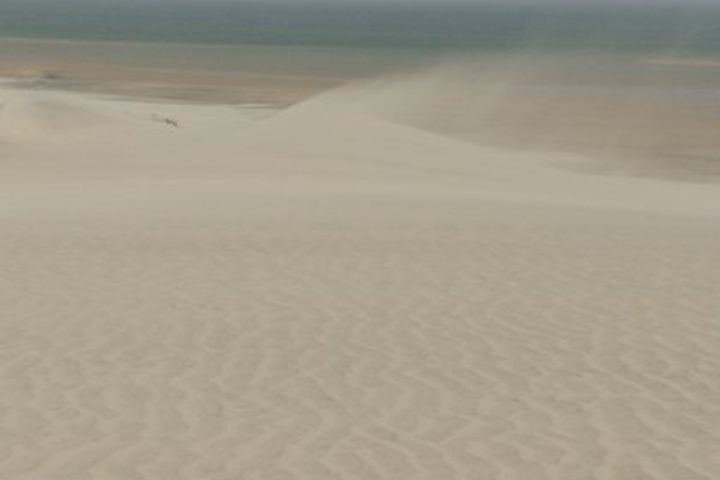Dakhla, Western Sahara
We berthed early this morning at the commercial wharf in Dahkla, the main port for Western Sahara. It is located at the end of a long peninsula, which parallels the coastline and is separated from the mainland by a narrow bay. From the ship, we could see the very busy fishing harbor where countless local and colorful fishing boats were crammed into their berths like sardines, which is appropriate since they fish primarily for sardines. The coastal water of this region of Africa is incredibly productive because of the cold, rich upwellings that bring nutrients to the surface. The nutrients feed the phytoplankton, which feed the zooplankton, which feed the small schooling fish, which feed the fishing industry. These waters are conveniently close to the fishing fleets of Western Europe, so they also take part in the sardine fishery…which is why this is perhaps the most heavily-fished area in the world.
It was an impressive sight to see nearly four dozen 4X4 vehicles gather on the wharf to facilitate our desire to experience the Sahara Desert. Our shore agent had gotten many of the local people to provide the transport with their personal vehicles. It was rather like a traditional Arab caravan, except with automobiles instead of camels. They first took us through the colorful and clean city of Dakhla, where we had a short stop to walk around.
The rest of the visit, however, was dedicated to the Sahara Desert. Our caravan took us far out of town on the main highway, and then went off-road on sandy tracks to reach a beautiful desert site where Bedouin-styled tents had been set up for us. This was where we enjoyed a lunch feast, along with a musical performance. More importantly, this gave us a chance to walk in the Sahara Desert and get a real feel for blindingly bright sunshine and wind-blown sand. It was surprisingly cool, in spite of the harsh sun. Fortunately, we were prepared for all this and wasted no time in going exploring.
The locals apparently knew nothing of the regional prehistory, but we quickly discovered this was a site of prehistoric human habitation. Being close to the Atlantic coast, it must have been utilized by people from time immemorial, perhaps also by extinct species of humans different than ourselves. The site is located at the head of the protected shallow bay formed by the Dakhla Peninsula, and we observed many midden sites of clamshells that were probably collected in the nearby tidal sand flats. The backdrop is composed of a raised outcrop of quartzite (metamorphosed sandstone), which has obviously been quarried for thousands, perhaps tens of thousands or even hundreds of thousands of years by stone-age peoples. Quartzite can be flaked into stone tools. However, it is not as desirable as flint, chert, obsidian, and other microcrystalline SiO2 mineral rocks for tool production, but this quartzite was all they had to work with in these parts. Discarded flakes cover much of the outcrop and a number of stone tools, such as crude hand axes, hammer stones, and bifacial choppers were observed and photographed. It was enough to give an archaeologist heart palpitations. The geologists were pretty excited, too. We also found numerous long-forgotten Bedouin burial sites scattered about the area, marked by small standing stones. In addition, fossilized casts from burrows produced long ago by shrimp and/or crabs were observed sticking out of the steep, ancient shoreline below the tents. These burrows were abandoned when local environmental conditions changed and eventually they became filled with fine silt, which solidified and produced these perfect, solid casts that later were exposed when the coarser sand matrix eroded away.
We returned to the Dakhla Harbor in the middle afternoon and immediately set sail for the Canary Islands. The pleasant climatic conditions continued, although we experienced some rather choppy seas for the rest of the day and night.






